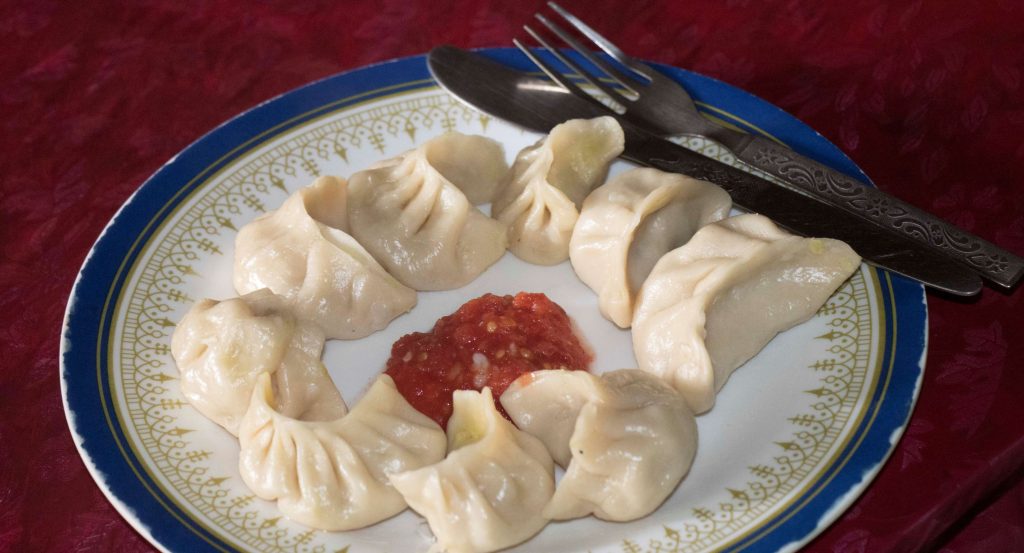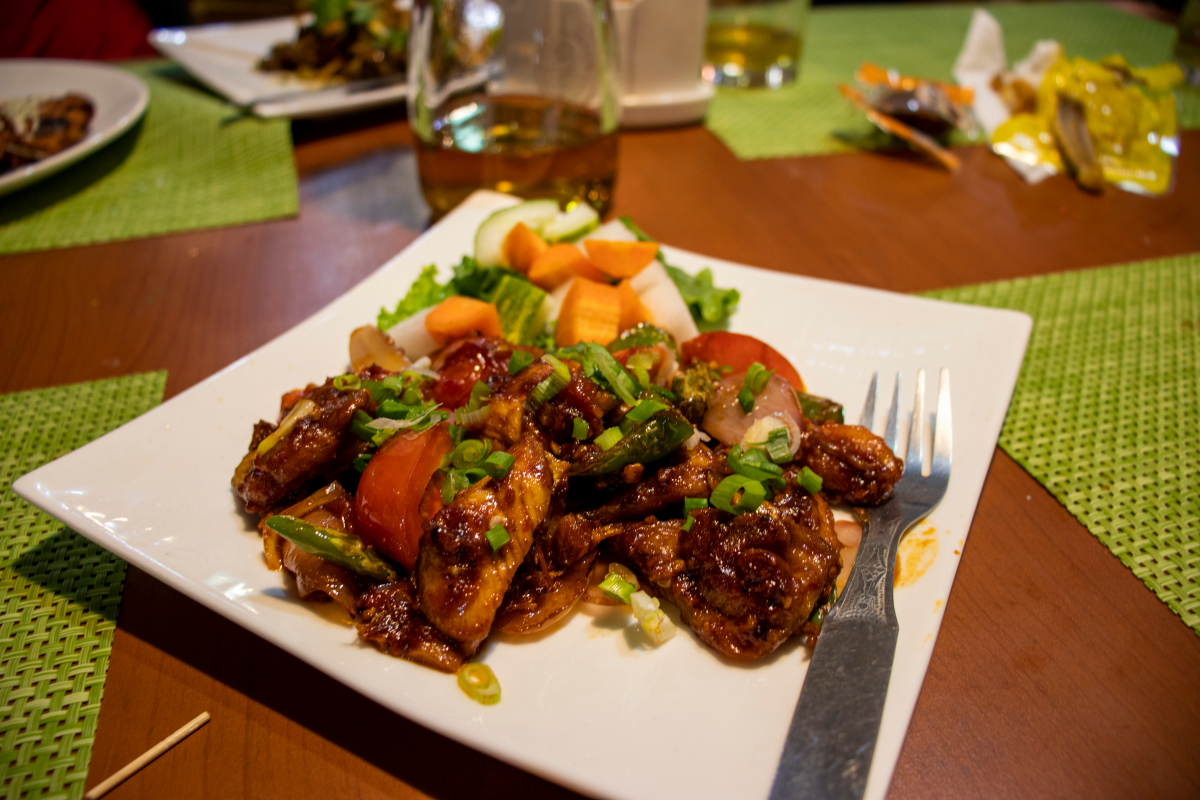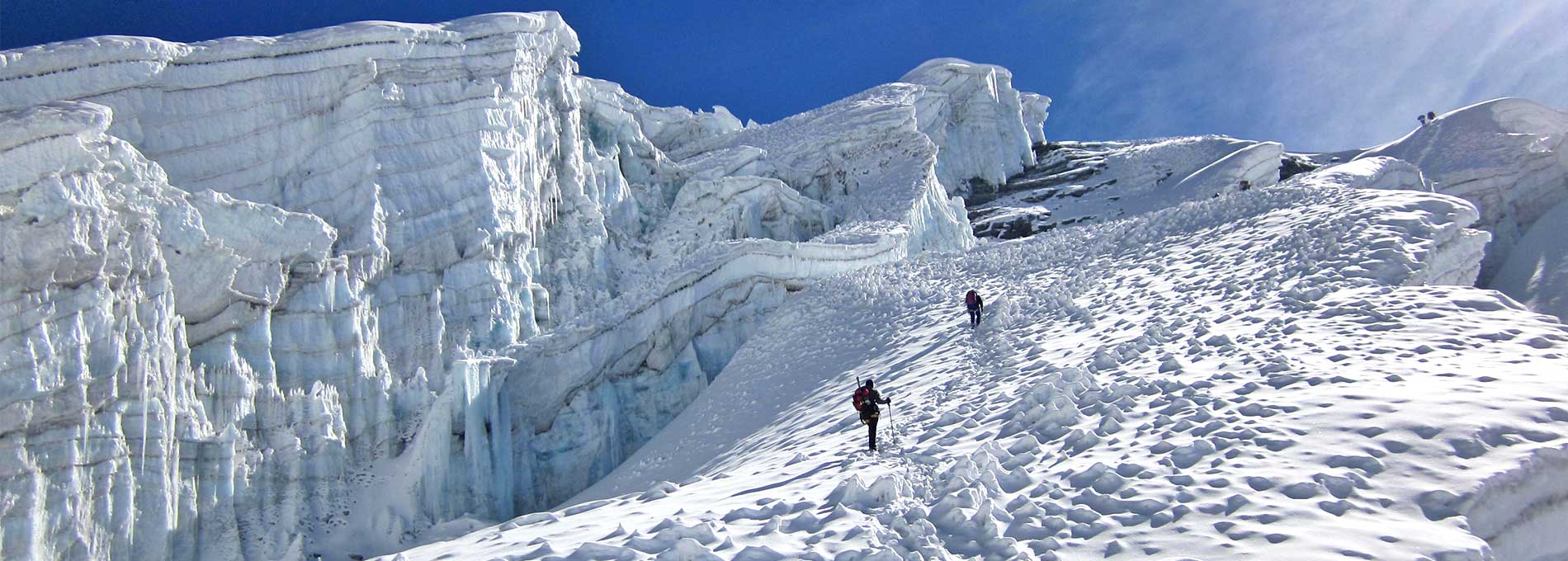Month: December 2022
2022
During a trek in Nepal, what food should you expect?
Expect authentic food during the trek to Nepal. Nepal’s diversified population includes people from many cast, religions, and cultures, which is highly fascinating. Ever since the community was unified, there has been peace. Every distinctive commune has its own style of living and distinct and unique cuisine. You can definitely keep your belly satisfied for a while by munching on some light crumbs. However, your body will soon be craving meals after long hours of strenuous trekking through the rugged terrain.
There are a whole lot of options that you can choose from to fulfill your hungry belly. Fast food, such as pizza and burgers, is also available on the menu. In addition to fast cuisine, you can relish an outburst of authentic flavor that will astound you.
What food to really expect during treks?
Expectations shouldn’t be too high because the food served on walking trails is typically not fancy. Yet even the most basic foods will surprise you. The locals will prepare with all their love and serve you with the best hospitality. For a moment you will feel that you are back home enjoying your meal. Let me introduce you to some of the basic food eaten during the treks.
Breakfast
Breakfast without a doubt is the most important meal of the day. The Tibetan flatbread will definitely please your empty tummy. You can eat it with an omelet or else if you have a sweet tooth it tastes better with honey as well. However, the breakfast choice is not limited, you can choose from a different variety from the menu.
Lunch
“MoMo” is another genuine dish you can enjoy for lunch (A dumpling stuffed with savory meat filling served with achar). You can choose French fries as a side dish, but limit how much you eat because too much of it will make it difficult to hike.

Dinner
You will be familiar with the expression “Daal-Bhat power 24 hours” by the time you have walked for one or two days. It is a staple of the common Nepali diet. The majority of Nepalis consume it twice daily, which offers them the energy they need for work. Dal Bhat, which consists of rice, lentil soup curries (vegetable or meat), and a flavorful pickle that will undoubtedly tickle your taste bud.
Dhido, a meal made by gradually adding flour to boiling water and combining it until the result is stiff, is another food that will surprise you. Make a small ball with one’s finger, dip it in (lentil soup, meat soup, gundruk) and eat it without swallowing. It tastes better with chutney!
Here are only a few of the typical staple foods. Don’t miss the chance to discover and expect authentic food from a diverse Nepalese community while you are in Kathmandu.
Sneha Dongol
2022
Trekking in Winter?
Trekking in winter may sound absurd. Traveling in winter is surely challenging for many of us. Many travelers are out there exploring the snow-capped mountain summits, meanwhile, the chilly weather sets in, and the majority of us remain snug in our beds. How thrilling is it to step outside of your comfort zone and carry out something entirely different? It sounds insane but also overwhelming. You will undoubtedly feel empowered after completing a trek because it’s a huge accomplishment.
In Nepal, the winter season begins in December and often lasts through mid-late February. It is possible for the temperature to fall below 0 degrees Celsius and occasionally even lower. This is typically the time of year when snow falls in the mountainous area. The wonderful scenic vistas are presumably what the tourists wish to see throughout the journey, but regrettably, the visibility of such views is very low in the winter season. Despite all the challenges, the traveler has a wide variety of choices from which to choose and begin their trek. With the proper gear, equipment and guidance there is nothing that is achievable. Since there are many short hiking paths in Nepal, allow us to thoroughly walk you through a few of them.
Ghorepani- Poonhill Trek
The Poonhill Trek, one of the easiest hikes that may be completed during the winter season easily, will probably cover the Annapurna Sanctuary. Better teahouses and guesthouses can be found along the Poonhill Trek path, which is well-routed. The walk can be completed without a guide because of its modest level of difficulty.
The 4- to 5-day Ghorepani-Poonhill walk begins with a flight from Kathmandu to Pokhara, followed by a Starting from Nayapul, we go on our trek. We arrive at an elevation of 1480 meters, which will allow us to spend the night in Tikhedhunga, and the main attractions of this hike can be the beautiful landscapes. The following day, we will hike from Tikheydhunga to Ghorepani, reaching a height of 2860 meters. The next morning, we will be hiking to Poonhill which will roughly take 45 minutes to endure the sunrise along with the panoramic view of Annapurna, Dhaulagiri, and Manaslu ranges. After spending some time, we reach back to Ghorepani for breakfast and thereafter hike 5-6 hours to Tadhapani. The next morning, we trek to Ghandruk, have lunch there and explore the beautiful Gurung village and head back to Pokhara.
Mardi Himal Trek
Another pristine yet easy trek that anyone can do is Mardi Himal Trek. This trek will primarily cover the Annapurna region. Usually, the journey takes five days to complete. Although it is possible to complete the walk with some assistance, the difficulty level is more likely to be severe during the winter.
We take a flight/ private vehicle or tourist bus from Kathmandu to Pokhara, then drive to Kande, where we begin our trek. After hiking for roughly 5 to 6 hours on this particular day, we reach Pitan Deurali (2100m) via Australian Base Camp (2060m). We hike the next day at the same pace, which will take us to Low Camp (2985m). From thereon, the next destination will be High Camp (3550m)which will take about 3-4 hours of hike. The fourth day will most probably be the longest hours of walking as we reach Mardi Base Camp (4500m). Take time in the mesmerizing mountain-top, and then have lunch and hike back to Badal Danda. Overnight at lodge. On the final day, we have breakfast and walk our way through Siding, which takes about 4 hours of trekking. After lunch, we drive to Pokhara and night stay at the hotel.
Ghandruk Trek
Ghandruk treks often cover the Gurung community in the Annapurna region, where guest-friendly atmosphere hospitality services are basically provided. As you stroll around, you may observe the variety of flora and animals, which adds to the area’s beauty. This location’s vibrant culture is another distinctive aspect that shouldn’t be missed.
The majority of the four-day Ghandruk trek is moderate in difficulty, and it’s also quite an interesting one. After arriving in Kathmandu, we take a private bus, aircraft, or tourist bus to Pokhara and take a jeep to get to Nayapul (1070m). On this day, we trek toward Ghandruk, our destination for the day’s end. As we move along, we pass stunning landscapes like Hiunchuli, the Annapurna South, and the fishtail. The next day, we walk at the same pace and ascend to Landruk Village (1,545 m), from which the trail pleasantly climbs to Tolkha. Following the Bherikharka trails, the climb to Deurali is difficult (2,100m). Spend the night in Tolkha. We leave Tolkhe and travel to the Gurung-dominated settlement of Dhampus, where we spend the night. On the last day of the trek, we head to Phedi which will roughly take us 2-3 hours, and return back to Kathmandu.
Chisapani Nagarkot Trekking
The Chisapani Nagarkot trek is yet another short one. The distance between Nagarkot and Kathmandu is only about 29 km, making it a convenient location for both a night’s rest and exciting excursions. Views over the Kathmandu valley and Shivapuri National Park allow visitors to see all of the mountain ranges, including the Annapurna, Manaslu, Ganesh Himal, Langtang, Jugal, Rolwaling, and Mahalangur ranges.
Upon your arrival in Kathmandu, one of our representatives will meet you at the airport. After lunch, we can visit Basantapur Durbar Square, a World Heritage Site, to learn more about the local way of life and culture. The following day, we go by private vehicle for an hour to Sunjarijal, where our hike begins. Starting from here, we gradually walk through the stone steps of Sundarijal, passing by a beautiful waterfall, and a temple before entering the Shivapuri National Park. The following day, we get ready for our journey, make our way gradually toward Nagarkot, and halt at Jule. Following that, we gradually climb to Nagarkot’s hilltop, which is famed for its breathtaking sunrises and sunsets. We can enjoy the sunset with some light refreshments once we arrive. On the last day, we take a detour to Changunarayan, another World Heritage Site on our way back.
Sikles Trek
The Sikles trek begins as we travel from Kathmandu to the picturesque, blessed-with-nature city of Pokhara. From there, we take a short drive to Milan Chowk and begin our climb toward Kharpani. At Kharpani, we can immerse ourselves in warm water and take use of a natural hot spring. We continue our trek through Parche, a stunninglocaldlish Gurung village, Ghalegaun, and finally Sikles. Here, at an elevation of about 2,000 meters, we have fantastic views of Lamjung Himal and Annapurna. At Sikles, we investigate the Gurung communities’ customs, culture, and way of life. How do they conduct their daily lives and observe their festivals? How do they participate in the production of regional crafts? A highly interesting and enjoyable hobby would be experiencing and learning all of these things.
Sneha Dongol





